Halo Infinite is great, but I can't stand playing it
Death by a thousand needlers.
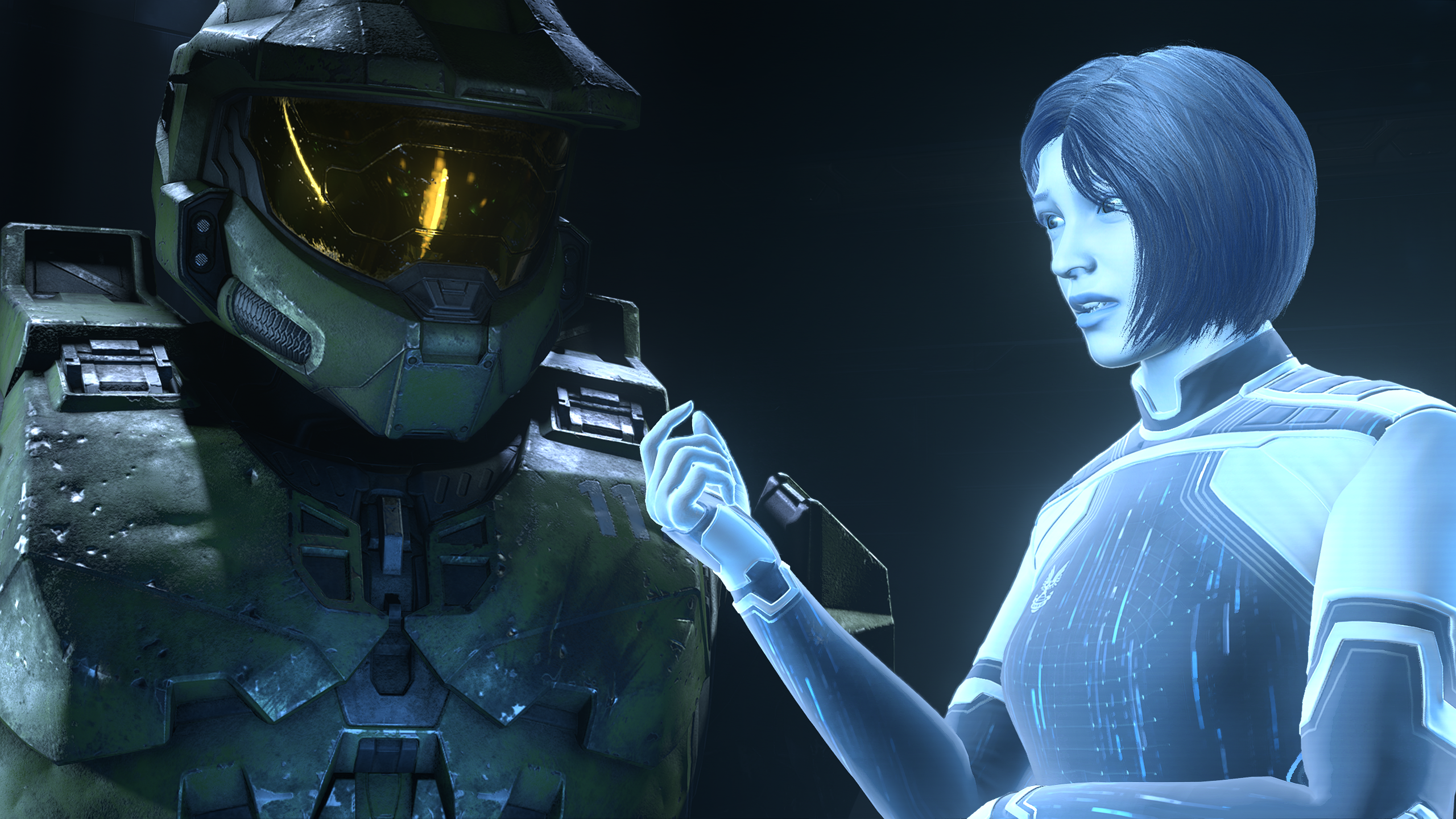
Halo Infinite does a lot right. It's the best feeling Halo that 343 has put out, a return to form that sports a phenomenal weapon sandbox, a lovingly nostalgic aesthetic, and a grappling hook that might even rival Titanfall 2's. By all reasonable metrics, Halo Infinite is pretty bloody great.
Yes, I know where it seems I might stand with the game. My Halo Infinite review last month skewed on the lower side of the general consensus—but while I bemoaned a redundant open world and a nonsensical story, I still reckoned the moment-to-moment gunplay was a bloody great time. Even if the framing was a little rotten, I was confident the sheer act of sliding and slinging myself around Halo Infinite's multiplayer battlegrounds would keep me coming back for months to come.
So why haven't I touched Halo Infinite in almost a month? Hell, last week I even uninstalled the thing.
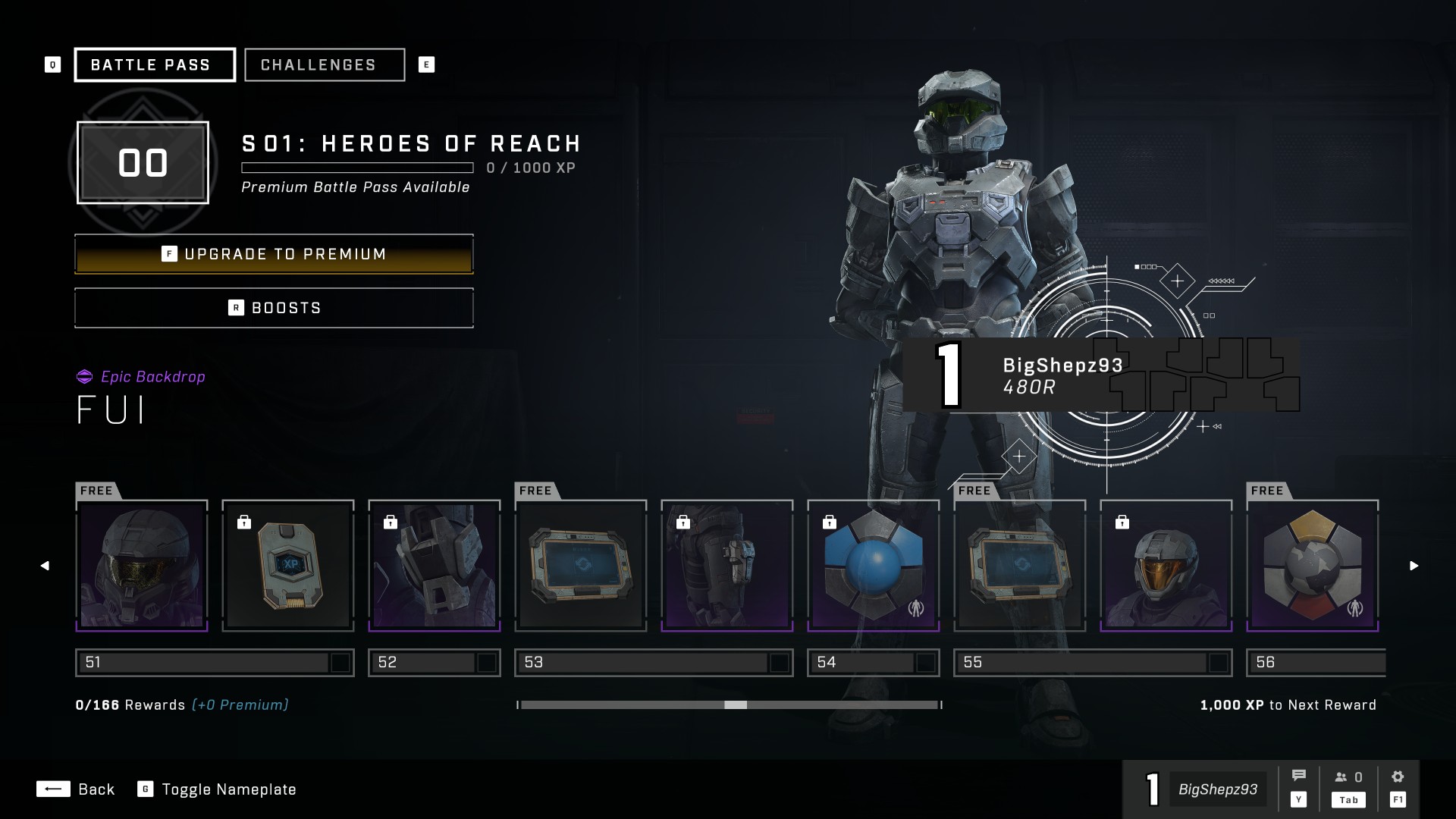
Battle? Pass.
It's almost redundant at this point to say that Halo Infinite has a progression problem. The battle pass was (rightly) criticised at launch for being tedious, drip-feeding uninspired unlocks at a snail's pace, gated by challenges that were a chore to complete.
In the months since, 343 has worked hard to alleviate that pace. Challenges have been simplified and, while a bit of a stopgap measure, now award guaranteed progress just for playing matches. If you're playing an hour or two a day you'll rip through the pass at a healthy rate, finishing it long before the six month (!) season wraps in May.
But a faster pass is only drawing more attention to how spread thin Infinite's rewards are. The pass is very stingy with meaningful rewards, padded out with challenge swaps and XP boosts, with small armour pieces or coatings only coming every 3-5 levels. That these are restricted to different cores (base armour sets) only makes trying to find a setup that feels uniquely "yours" even more tiresome.
Outright replacing customizable colours with pre-defined "coatings" removes an element of true personalisation. Halo always had limited armour pieces, but they combined with your own quirky palette to make a suit of armour that felt your own. In the current system, it's hard to put together an outfit that doesn't just have you looking like someone who reached level 40 or so in the pass, or paid too much money for a special coating in the store.
The biggest gaming news, reviews and hardware deals
Keep up to date with the most important stories and the best deals, as picked by the PC Gamer team.
By the time I finally ended up with a Spartan I liked (a process that involved skipping a few levels with cash), I'd found the entire process so laborious that I'd lost the will to keep going. I'm not alone, either—a trend has formed among the regulars I play with where folks will finally perfect their Spartan's look, only to drop off playing the game entirely. These are folks who've played and adored Halo 3 every weekend (and often more) for the last two years, but suddenly we're dropping like flies.
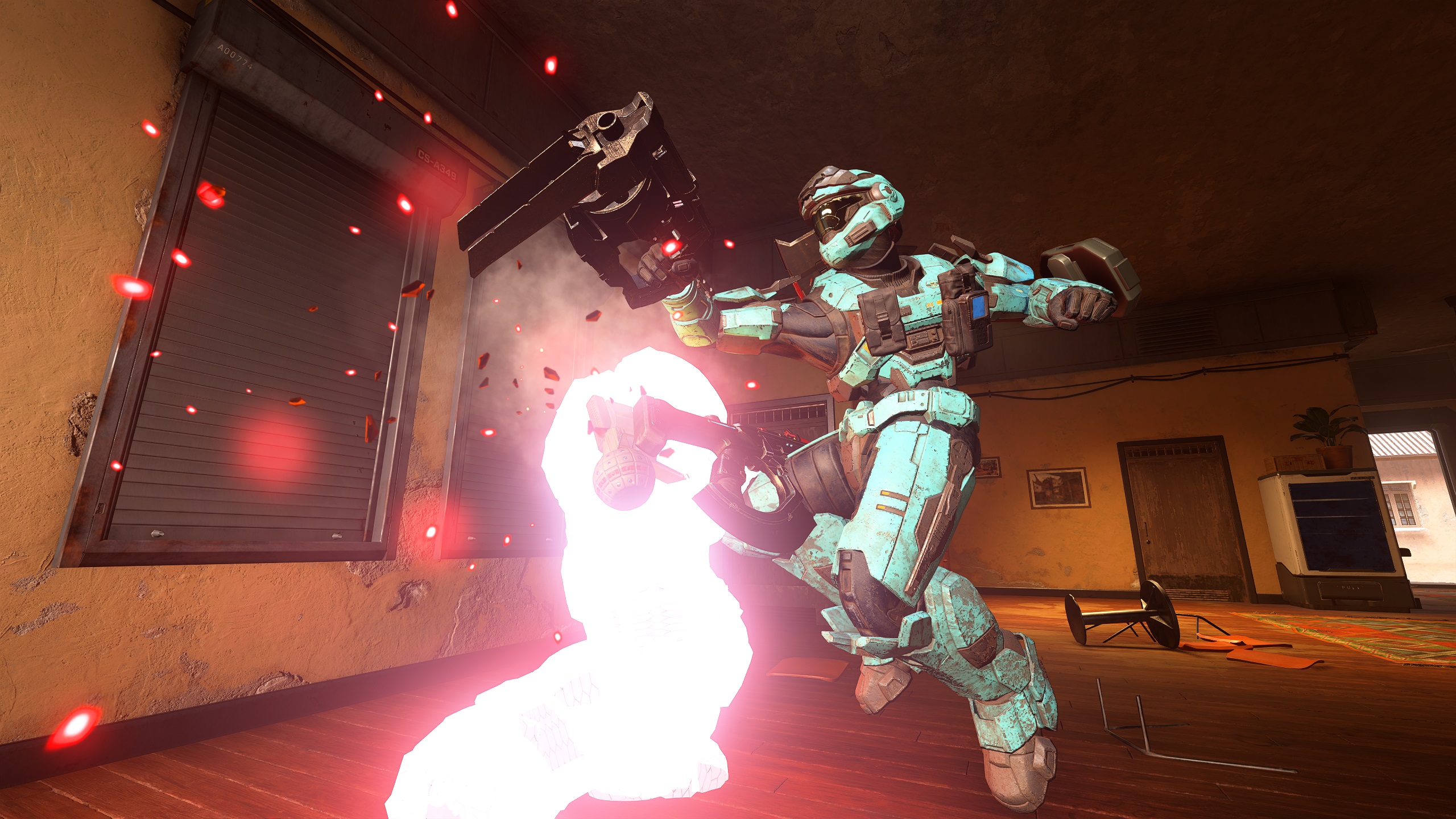
Rationed out
We see this rationing of content happening on a broader level, too. Where other live service games supplement their seasons with one-off events, Halo is repeating the same Tenrai event five times over the course of Season 1. But progression isn't the only part of the game that feels drawn out. Infinite broadly feels like a game stretched thin, trying to fill out an abnormally long season with too little.
Infinite launched with a somewhat modest map pool and a startlingly small selection of modes (the launch game didn't even feature free-for-all in any capacity). That has since been alleviated somewhat by the addition of Slayer-only, Fiesta, FFA and Tactical Slayer playlists, but many Halo staples remain missing.
Slowly, a more specific lineup of matchmaking queues has made it easier to hone in on the experience you want. But there are still maps I won't see for days at a time, modes that won't arise when I need them to complete a challenge. From late-December onwards Big Team Battle was also flat-out broken, effectively removing three entire maps from the game.
But the sense you get from Halo Infinite is of playing the same match on the same few maps over and over, and the stagnation sets in fast. There's no Forge to buff out the map pool, and the tools for custom games are surprisingly thin. 343 previously commented that it didn't want Infinite players to "grind it like it’s a job", but by doling out weekly rewards that require burning through dozens of often-finicky challenges, playing Infinite can often feel like work.
Our Halo sessions used to run long into the night as we hopped from matchmaking into custom games into chaotic Forge maps—now, it feels like we're burned out by the time any one of us completes our daily challenges.
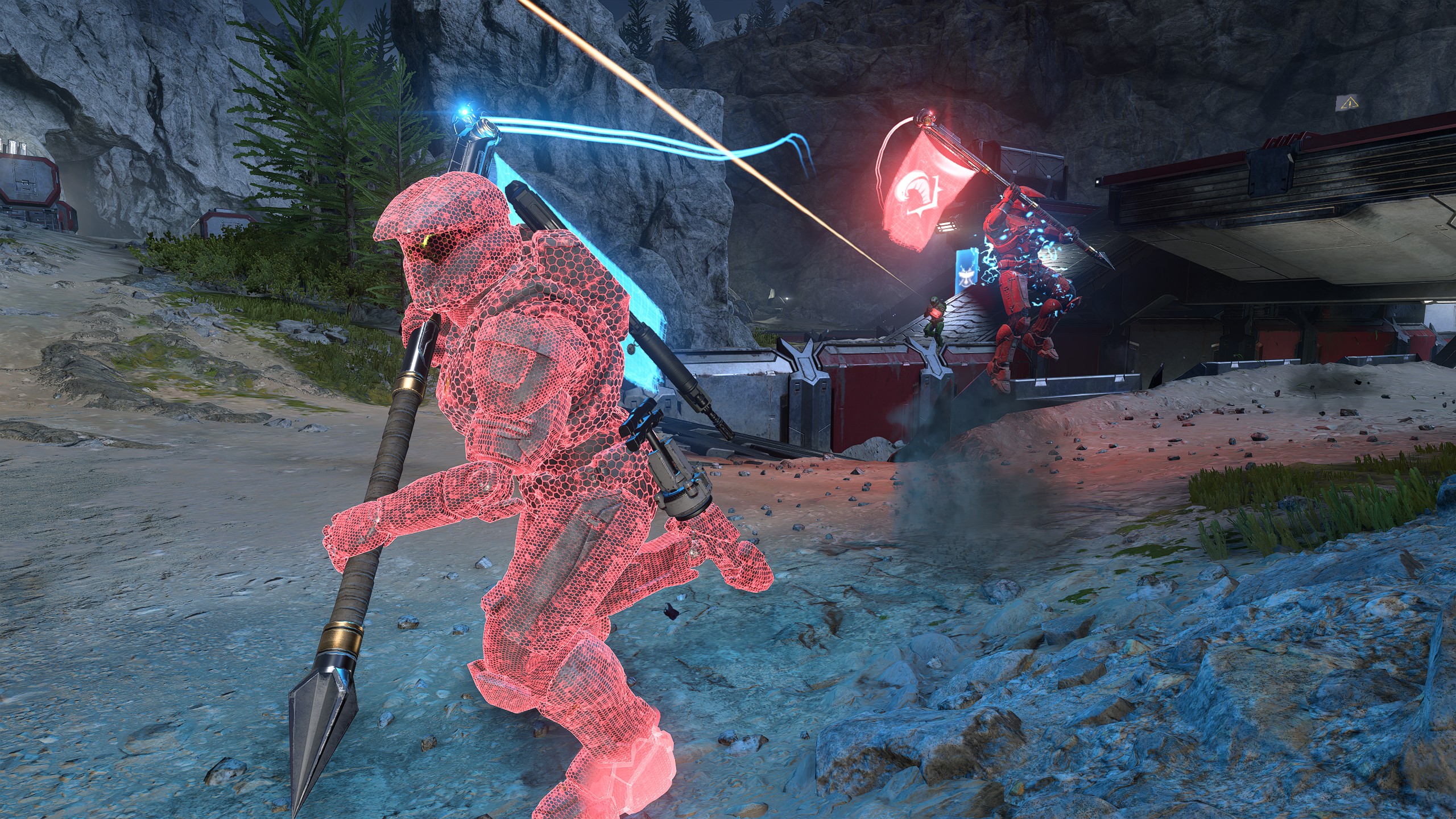
Energy drain
I expect many of these issues to be ironed out as Halo Infinite settles in for the long haul. There'll be more maps, more modes, and I'd like to hope that 343 can settle on a more satisfying progression system as the months and years go on. I fully expect the shape of Halo Infinite to radically change when Forge comes out, with leaks suggesting Infinite's map editor is close to a game engine in and of itself.
But the real pain point has been all the small things that just don't quite work for me. Forgive me for a moment, but I'm about to get real nitpicky.
Vehicles are flimsy and countered by too many tools—grappling hooks allowing for ridiculously easy hijacks and shock rifles rendering tanks and flyers useless (though the terminally shit Banshee does a fine job of being useless all on its own). Combined with increased player counts and a spawning system that reluctantly throws each team a single vehicle every other minute, Big Team Battle becomes a mindless mob of players springing into each other in a hail of grenades.
But more than anything, there's a flatness to the game's weapon balance that robs it of so many chaotic Halo moments. Infinite has a wonderful array of bizarre weapons, but many weirder alien guns have been robbed of the utility they hold in campaign for fear of being too powerful in multiplayer. Weapons like the Ravager and Hydra feel like they should pack a meaner punch than they do, and there are simply fewer guns that feel like they really shake up a firefight in the way the Brute Shot or the old Shotgun did.
Halo Infinite's maps are good, but none stand out as memorable in the way of classics like Hang 'em High or Blood Gulch. They're tightly and competitively designed, but lacking in set piece interactions or interesting focal points—nothing that compares to storming the windmill on Halo 2's Zanzibar or trying to squeeze a team through the tunnel on Avalanche. Between both the maps and the arsenal, Infinite has the feeling of being designed for esports at the expense of daft fun.
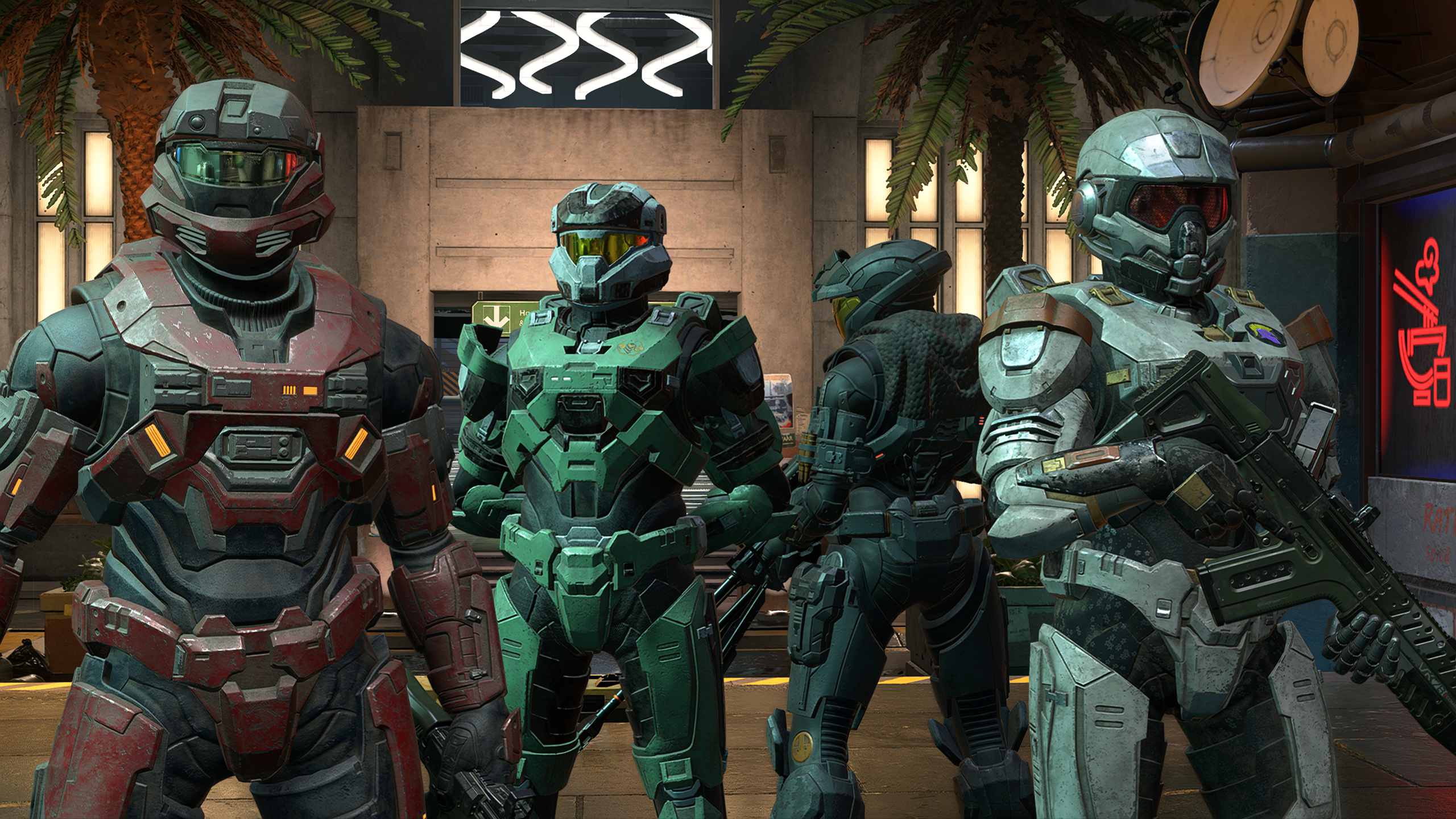
Fight unfinished
All that said, those nitpicks are still very much nitpicks. Despite it all, Halo Infinite is still a load of fun—hell, it's retroactively made past Halos harder to play, what with them not having grappling hooks or ledge mantling or assault rifles that actually feel good to fire.
Halo Infinite is great. But I feel like I'm waiting for it to be more than it is right now. I'm so, so excited to play this game two or three years down the road, when I imagine there'll be a healthier range of maps, a wealth of modes to play, and a thriving community of weird, wild and wonderful Forge creations that fundamentally reimagine what a Halo match can even look like.
Like I said in my review, there's a world where Halo Infinite is the best game in the series. In a few years, it might even get there. But right now, Halo Infinite feels all too Finite, and I'm content to put this one on the backburner until I'm convinced there's enough fight in Infinite's battlegrounds to keep me coming back for more.

20 years ago, Nat played Jet Set Radio Future for the first time, and she's not stopped thinking about games since. Joining PC Gamer in 2020, she comes from three years of freelance reporting at Rock Paper Shotgun, Waypoint, VG247 and more. Embedded in the European indie scene and a part-time game developer herself, Nat is always looking for a new curiosity to scream about—whether it's the next best indie darling, or simply someone modding a Scotmid into Black Mesa. She also unofficially appears in Apex Legends under the pseudonym Horizon.

